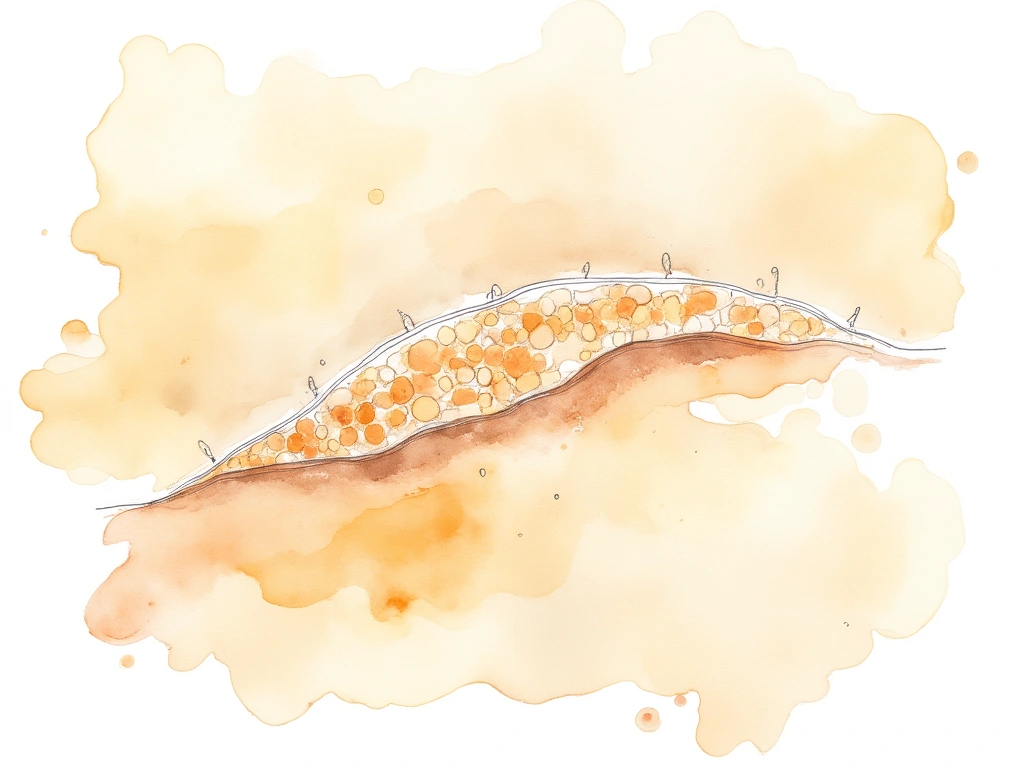
Dandruff, Dry Shampoo, and Your Scalp: What You Need to Know
Dandruff is a common scalp issue causing flaky, itchy skin that affects many people globally [1]. With the popularity of dry shampoos for refreshing hair between washes, many wonder if a “dandruff dry shampoo” exists and if it can help manage flakes. This guide explores the connection between dandruff and dry shampoo, drawing on scientific research and real user experiences.
- Understanding Dandruff: We’ll look at what causes dandruff and how it differs from a simple dry scalp.
- How Dry Shampoo Works: We’ll explain the purpose of dry shampoo and its typical ingredients.
- The “Dandruff Dry Shampoo” Question: We investigate if specialized dry shampoos for dandruff exist and if they are effective according to science.
- Real-World Insights: We share experiences from people managing dandruff and using dry shampoo.
- Effective Management: We provide recommendations based on research for keeping your scalp healthy and flake-free.
TL;DR: Scientific research shows no evidence for effective “dandruff dry shampoos.” Standard dandruff treatment involves regular washing with shampoos containing specific antifungal ingredients. Dry shampoo absorbs oil but doesn’t treat dandruff’s cause and might worsen flakes if overused due to buildup.
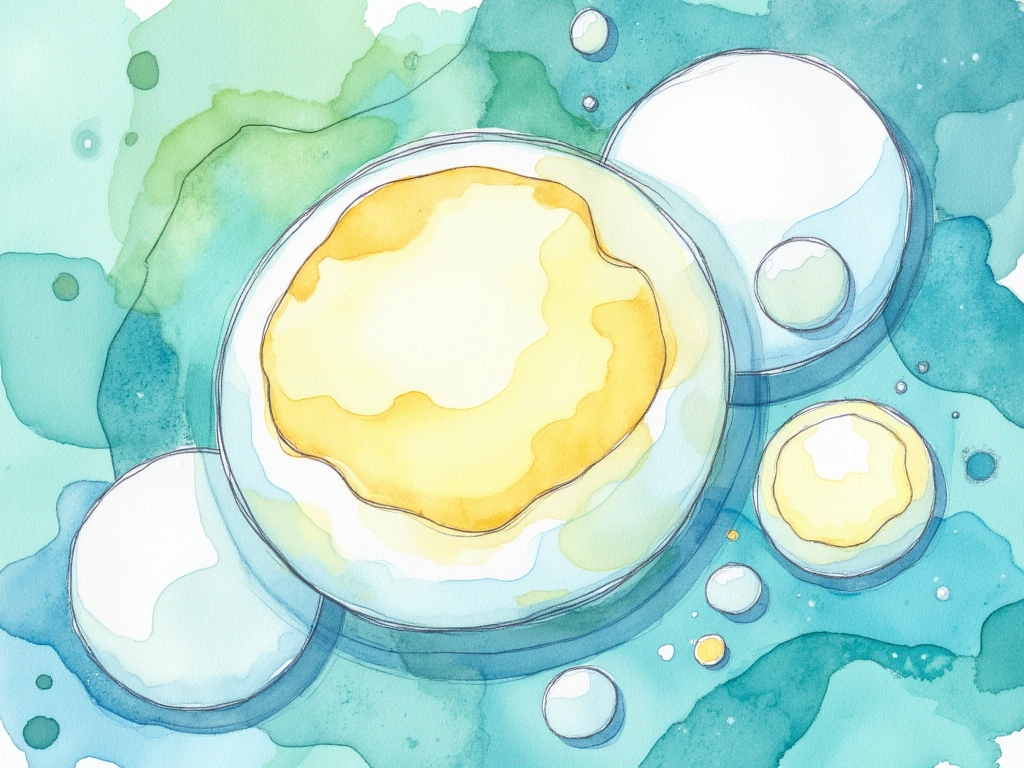
What Exactly is Dandruff?
Dandruff involves the excessive shedding of dead skin cells from the scalp, often accompanied by itching and visible flakes [1]. It’s frequently linked to seborrheic dermatitis, an inflammatory skin condition. While the exact cause is complex, a key factor is often an overgrowth of a yeast-like fungus called Malassezia. This fungus is naturally present on most scalps but can sometimes multiply excessively. Malassezia feeds on scalp oils, producing byproducts that irritate the skin, speeding up skin cell turnover and leading to the flakes we see as dandruff [1].
Factors like oily skin, hormonal changes, stress, and even infrequent washing can contribute to dandruff by creating a favorable environment for Malassezia [1], [8].
Is It Dandruff or Just Dry Scalp?
It’s easy to confuse dandruff with a dry scalp, but they are different conditions requiring different approaches. Dry scalp occurs due to a lack of moisture, leading to small, dry flakes, often without significant inflammation or fungal involvement [14]. Dandruff flakes are typically larger, possibly oily, and associated with the Malassezia fungus.
Anecdotal evidence suggests many people misdiagnose their condition. Some users found relief from what they thought was dandruff only after switching to gentler, sulfate-free washing routines, indicating their issue was actually dry scalp aggravated by harsh shampoos [15]. Using anti-dandruff treatments on a dry scalp can sometimes worsen the dryness [15].
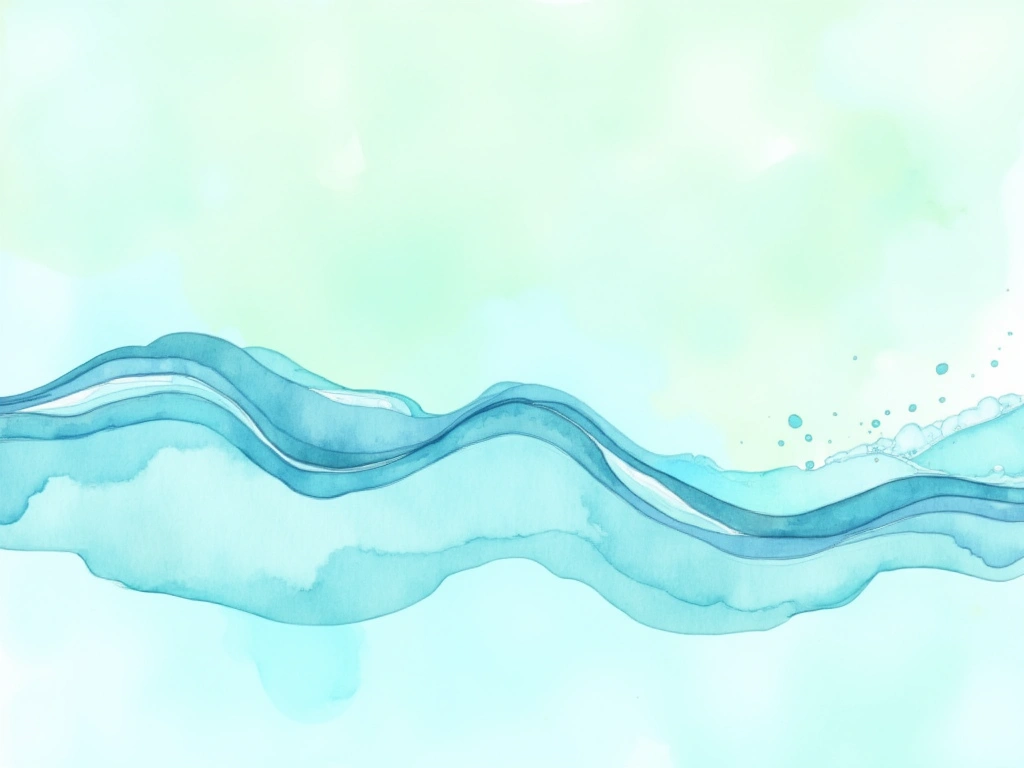
Proven Ways to Treat Dandruff
The standard and scientifically supported way to manage dandruff involves regular washing with shampoos containing specific active ingredients designed to target the root causes.
The Importance of Scalp Hygiene
Good scalp hygiene is fundamental. Regular washing helps remove the buildup of oil, dead skin cells, and fungal byproducts that contribute to dandruff [7]. Infrequent shampooing can allow these substances to accumulate, potentially worsening the condition [8].
Active Ingredients That Work
Medicated shampoos typically contain ingredients that fight the Malassezia fungus, reduce inflammation, and help control skin cell turnover. Here are some common and effective ones:
| Ingredient | How It Helps | Example Sources |
|---|---|---|
| Zinc pyrithione | Antifungal and antibacterial; reduces Malassezia | [2] |
| Ketoconazole | Strong antifungal; kills Malassezia | [3] |
| Selenium sulfide | Slows skin cell turnover and reduces Malassezia | [9] |
| Coal tar | Slows skin cell turnover and reduces inflammation | [10] |
| Salicylic acid | Helps exfoliate and remove dead skin flakes | [11] |
These ingredients require application via a traditional shampoo that is massaged into the scalp and then rinsed out thoroughly with water, ensuring the scalp is cleansed and treated. Some users report significant, almost overnight improvement after finding the right medicated shampoo for their specific issue [19], while others note it can take time and consistent use to see results [18].
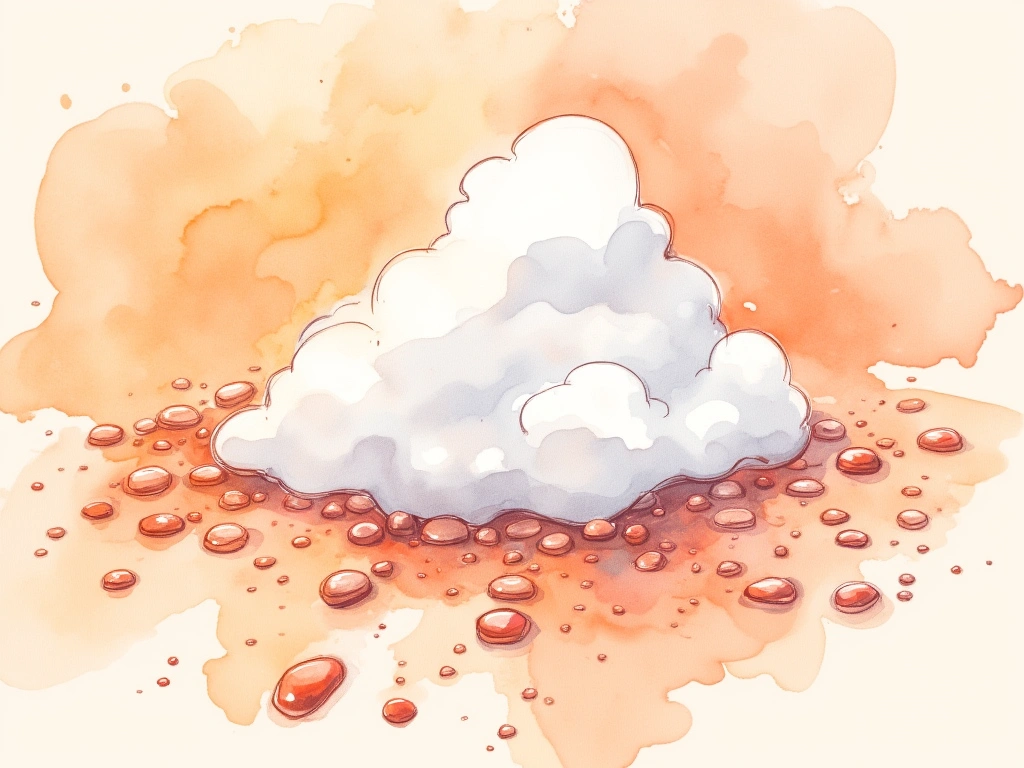
What About Dry Shampoo?
Dry shampoo is typically an aerosol spray or powder designed to absorb excess oil and sweat from the hair and scalp, making hair look and feel cleaner without water [6].
How Dry Shampoo Works
The primary ingredients are usually absorbent materials like starches (corn, rice) or silicas [6]. When applied, these powders soak up sebum (scalp oil), reducing greasiness and adding volume temporarily. They are a cosmetic fix, not a cleansing treatment [4].
Can Dry Shampoo Treat Dandruff?
Based on current academic research, the answer is no. There’s no scientific evidence supporting the idea of a “dandruff dry shampoo” that effectively treats the condition. Here’s why:
- Lack of Active Ingredients: Dry shampoos are not formulated with the necessary antifungal agents (like ketoconazole or zinc pyrithione) required to combat the Malassezia fungus [6].
- No Cleansing Action: They absorb oil but don’t remove dead skin cells, fungus, or product buildup from the scalp. True dandruff management requires washing these away [7].
- Potential for Buildup: Over-relying on dry shampoo can lead to product accumulation on the scalp. Experts suggest this buildup can clog hair follicles and potentially worsen scalp conditions like dandruff by trapping oil and creating an environment where Malassezia can thrive [4], [5].
While some dry shampoos might contain ingredients like tea tree oil, known for some antifungal properties [12], studies showing its effectiveness for dandruff used it in traditional, rinse-out shampoos, not dry formulations [13]. The concentration and delivery method in a dry shampoo are unlikely to provide therapeutic benefits for dandruff.
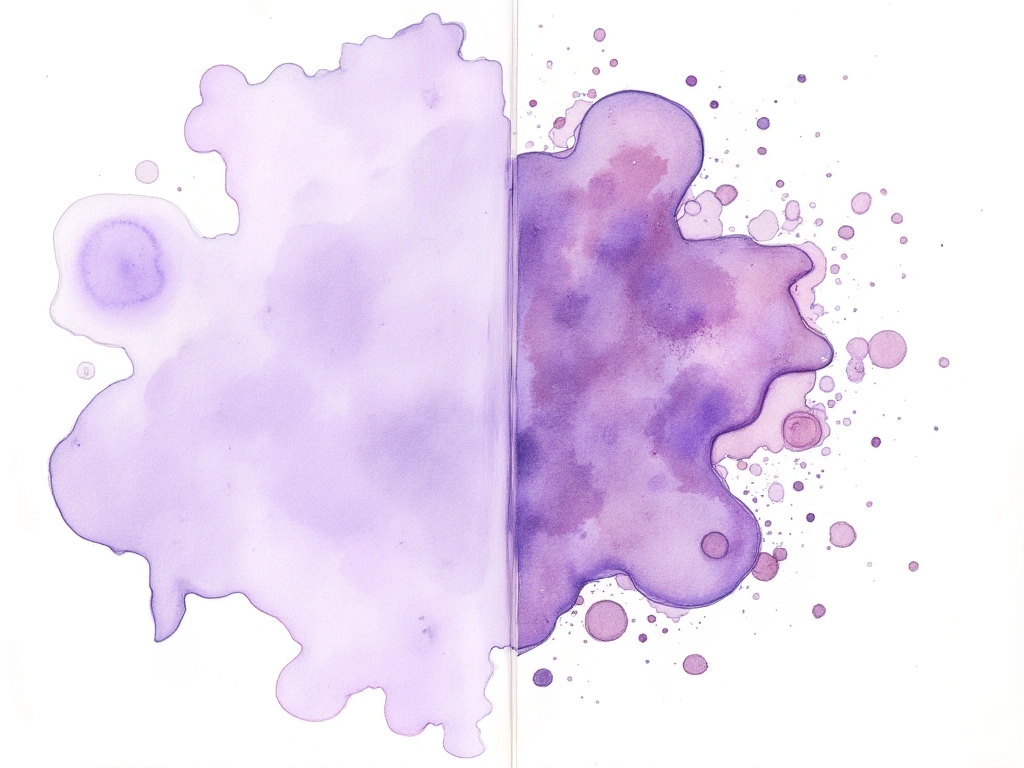
User Experiences: The Reality of Dry Shampoo and Dandruff
While science points away from dry shampoo as a dandruff treatment, real user experiences offer valuable nuances.
The Buildup Problem
Many users echo the experts’ warnings about buildup. Some connect increased dry shampoo use, especially when trying to wash hair less frequently (a trend sometimes seen on social media), with worsening scalp issues, including flakes, irritation, and even perceived hair loss [16]. One user specifically linked a popular brand (Living Proof) to their worst-ever dandruff flare-up, which cleared after stopping the product [17].
Finding What Works (Sometimes)
Despite the potential downsides, some individuals with dandruff-prone or sensitive scalps have found dry shampoos they can tolerate in moderation.
* Powder vs. Spray: Some prefer non-aerosol powders, finding them gentler. Aveda Shampure powder was mentioned positively by a user with an irritated, flaky scalp [21].
* Gentle Formulations: Brands like Klorane (especially the oat milk version) are frequently cited by users as being gentle and effective for sensitive scalps [23].
* Ingredient Focus: Some users favor dry shampoos like Living Proof, believing its formulation helps repel dirt rather than just coating it, though experiences clearly vary [22], [17]. Amika and IGK Charcoal were also mentioned for effectiveness without leaving residue [23].
* Texture Trade-offs: Even when effective at absorbing oil, many users note that dry shampoo inevitably changes hair texture, sometimes leaving it feeling chalky or stiff [24].
Natural Approaches and Washing Frequency
User experiences highlight diverse approaches:
* Apple Cider Vinegar: Some find ACV rinses helpful [25].
* Washing Less vs. More: Experiences conflict here. Some find washing less often helps [25], while others find infrequent washing triggers their dandruff [25], aligning with the scientific understanding that buildup can be problematic.
* Ingredient Sensitivity: Sulfates (common in many shampoos) are frequently cited as triggers for scalp issues, leading some to seek sulfate-free options [15]. However, others find that gentle, natural shampoos sometimes don’t cleanse effectively enough to manage their dandruff [26].
* DIY Dry Shampoo: Some users make their own powder dry shampoo using arrowroot or cornstarch, sometimes adding cocoa powder for dark hair [17], though caution is advised as ingredients like cocoa powder could potentially encourage fungal growth [27].
The key takeaway from user experiences is personalization. What works varies greatly depending on individual scalp type, sensitivity, and the specific cause of their flakes.

Best Practices for Managing Dandruff (With or Without Dry Shampoo)
Based on scientific evidence and user insights, here’s a practical approach:
- Confirm the Cause: If you have persistent flakes, try to determine if it’s true dandruff (often fungal) or dry scalp. If unsure, or if over-the-counter treatments fail, consult a dermatologist.
- Prioritize Regular Washing: Use a medicated anti-dandruff shampoo containing proven ingredients like zinc pyrithione, ketoconazole, or selenium sulfide [2], [3], [9]. Follow the product instructions regarding frequency and leave-on time.
- Use Dry Shampoo Sparingly: Think of dry shampoo as an occasional touch-up tool, not a replacement for washing. If you use it, ensure you wash your hair thoroughly soon after to remove buildup.
- Listen to Your Scalp: Pay attention to how your scalp reacts to products. If a dry shampoo (or any hair product) causes itching, irritation, or increased flaking, stop using it.
- Consider Ingredients: If you have sensitivities, look for fragrance-free or hypoallergenic options. Be mindful of potential irritants like sulfates if you suspect they affect your scalp [15].
- Don’t Neglect Rinsing: When you do wash, rinse thoroughly to remove all traces of shampoo and conditioner.
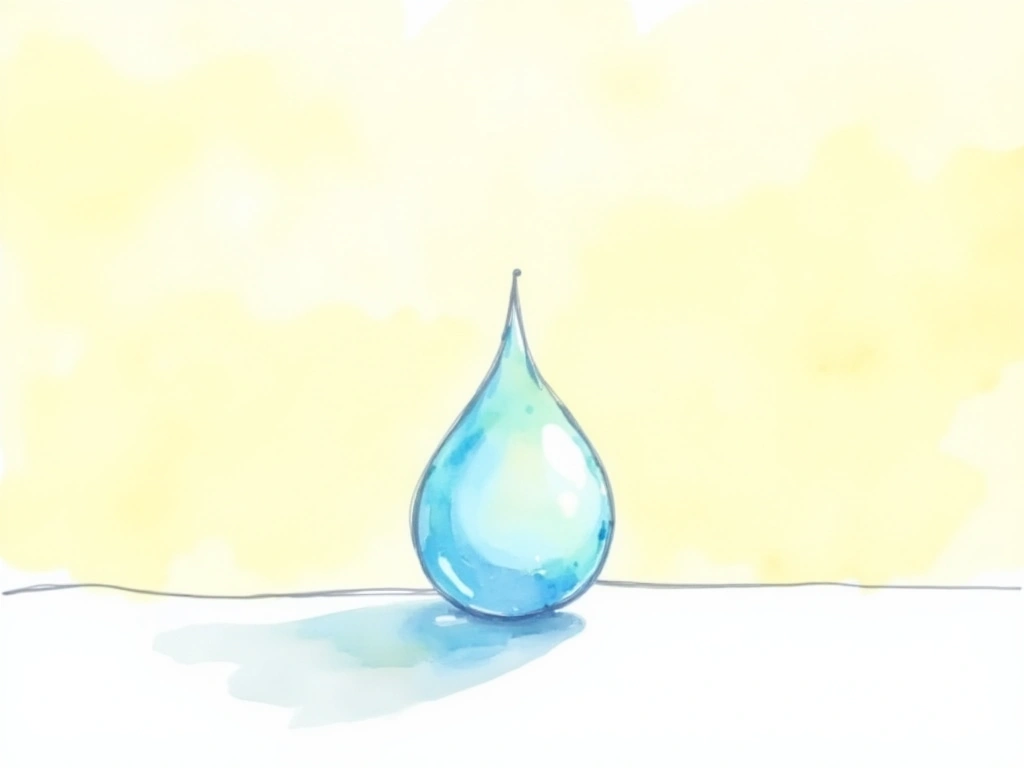
Conclusion and Key Takeaways
The concept of a “dandruff dry shampoo” that effectively treats flakes is not supported by current scientific understanding. Dandruff management relies on addressing its root causes, primarily fungal overgrowth and scalp health, through regular cleansing with targeted active ingredients found in traditional shampoos. Dry shampoo serves a different, cosmetic purpose – absorbing oil – and should not be considered a dandruff treatment.
- No “Dandruff Dry Shampoo”: Science doesn’t support dry shampoo as an effective treatment for dandruff’s underlying causes.
- Focus on Medicated Shampoos: Use regular shampoos with proven antifungal ingredients (like ketoconazole, zinc pyrithione) for dandruff control.
- Prioritize Scalp Cleansing: Regular washing is crucial to remove flakes, oil, and fungus buildup associated with dandruff.
- Dry Shampoo Risks: Overuse can lead to scalp buildup, potentially worsening dandruff or causing irritation for some individuals.
- Use Dry Shampoo Strategically: If used, treat it as a temporary oil-absorber between washes, not a substitute for cleansing.
- Know Your Scalp: Differentiate between dandruff and dry scalp, as treatments differ. Pay attention to ingredient sensitivities.
- Consult a Professional: For persistent or severe dandruff, seek advice from a dermatologist for proper diagnosis and treatment options.

No Comments
Be the first to start a conversation